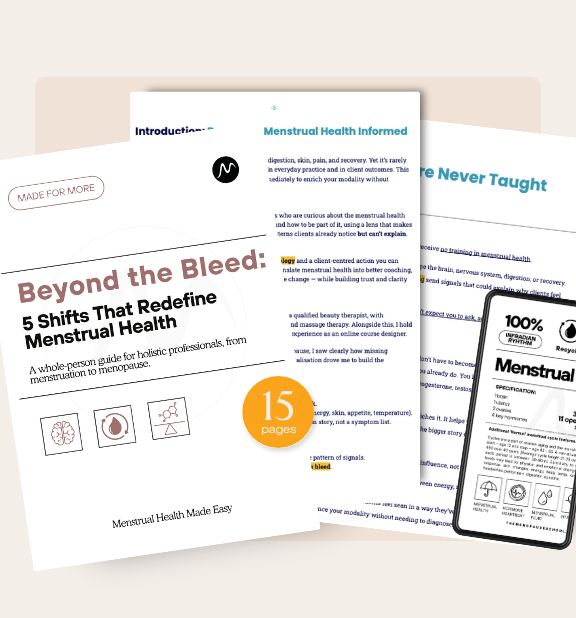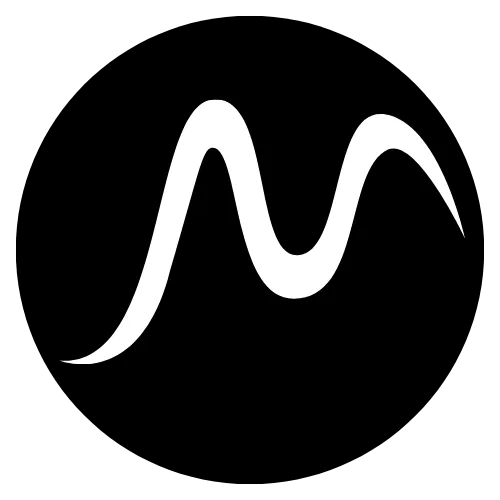The Real Lightbulb Moment in Menopause Support
It’s not another symptom list — it’s the realisation that menopause was already written in the cycles that came before.

The Missing Menopause Memo
Most conversations about menopause start with symptoms. Hot flushes. Brain fog. Poor sleep. Anxiety. The lists are everywhere.
Some professionals will go further, pointing out that menopause affects “every system of the body.” And while that’s closer to the truth, it’s still only part of the story.
Because menopause isn’t just a collection of symptoms. And it isn’t only a systems-level shift. It has a history. A backstory that begins years earlier, in the rhythms of the menstrual cycle itself.
Looking backwards to move forwards
One of the most powerful practices I share with clients and students is a retrospective look at their menstrual cycles before perimenopause began.
At first, this surprises people. “Why look back? Isn’t menopause about what’s happening now?”
But when we revisit the cycle patterns that came before — changes in flow, mood, energy, sleep, or cycle length — something clicks. We start to see that menopause doesn’t arrive suddenly. It emerges from the rhythm of ovarian aging that was already underway.
This is where the real lightbulb moments happen. A client realises the heavy periods in her late 30s were a sign that her ovarian rhythms were asking for support. Another remembers cycle-related migraines that make more sense once she connects them to the sensitivity that later resurfaced in perimenopause. Suddenly, menopause isn’t a mystery. It’s a continuation of a story the body has been telling for years.
Why this changes everything
When we frame menopause as disconnected from what came before, it feels random, isolating, and overwhelming. But when we root it in menstrual health awareness, the transition makes sense. The signs aren’t appearing out of nowhere — they are the next chapter in a rhythm that has been unfolding all along.
This retrospective awareness also rewires how we listen as professionals. Instead of only asking about current experiences, we start asking about cycle history. We weave in questions about flow, premenstrual shifts, energy rhythms, or recurring issues like headaches or digestive changes. We give context to the present by mapping the past.
That simple shift — linking menopause to the cycles that came before — gives people something they’ve often never been offered: a sense of continuity.
The missing menopause memo
I sometimes describe this as the “missing menopause memo.” If more people had been taught that menopause is part of the same timeline as menstruation, ovulation and menstrual cycle health the entire experience would feel different.
It’s not just that menopause brings systemic shifts. It’s that menopause is rhythmic. It emerges from decades of signalling between the ovaries, the brain, and the body’s operating systems. And once you see that, you can never go back to thinking of menopause as an isolated event.
A new way of holding the conversation
This is the heart of the work I call Menopause Talking Therapy — not a diagnosis, but a conversation that connects dots and tells the whole story.
Because when we invite clients to see their menopause as part of their menstrual health story, everything shifts. Confusion gives way to clarity. Fear gives way to understanding. And instead of a symptom list, they leave with a map that makes sense of their journey.
If menopause is part of a larger rhythm, then the next question is: what does that rhythm look like, and why does it matter for health far beyond menstruation?





